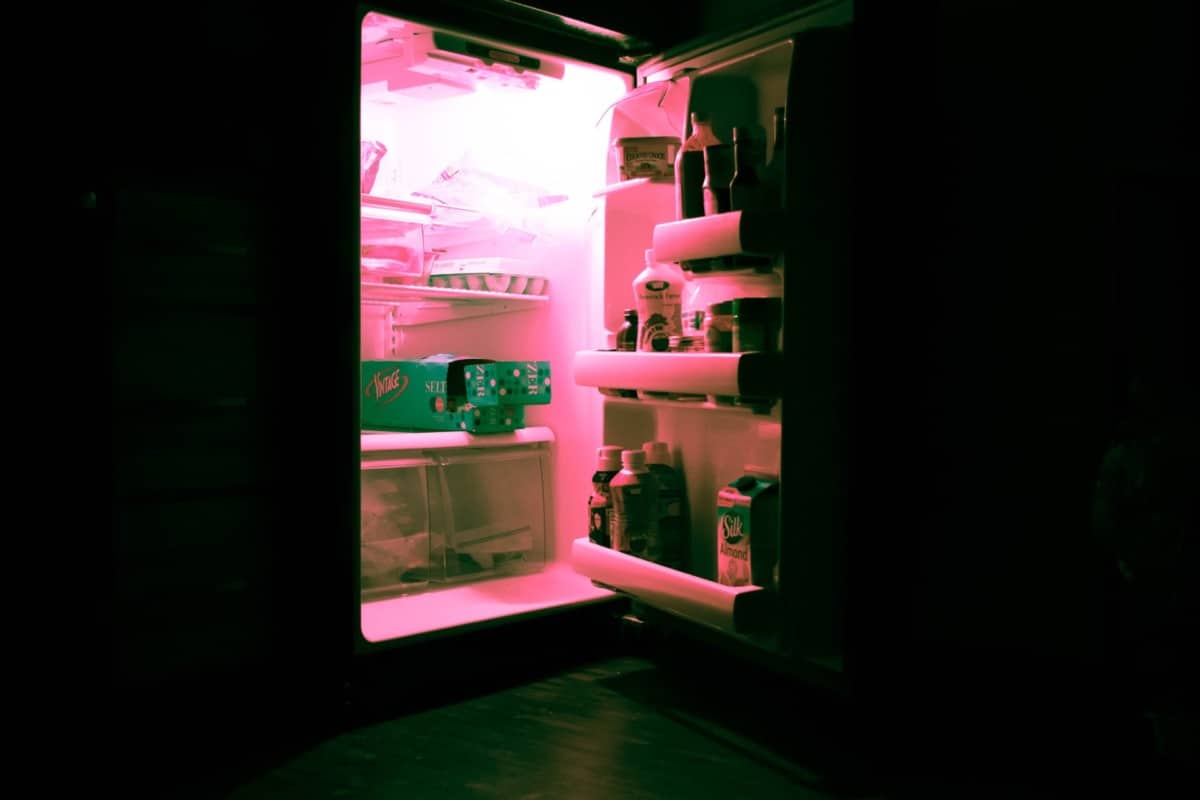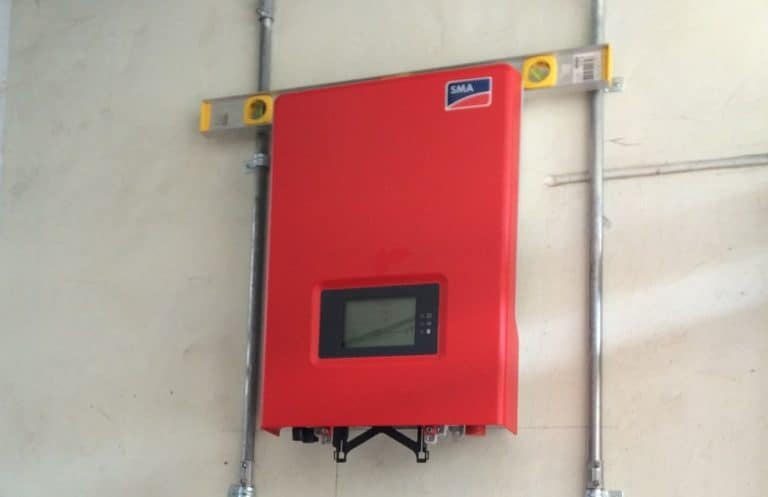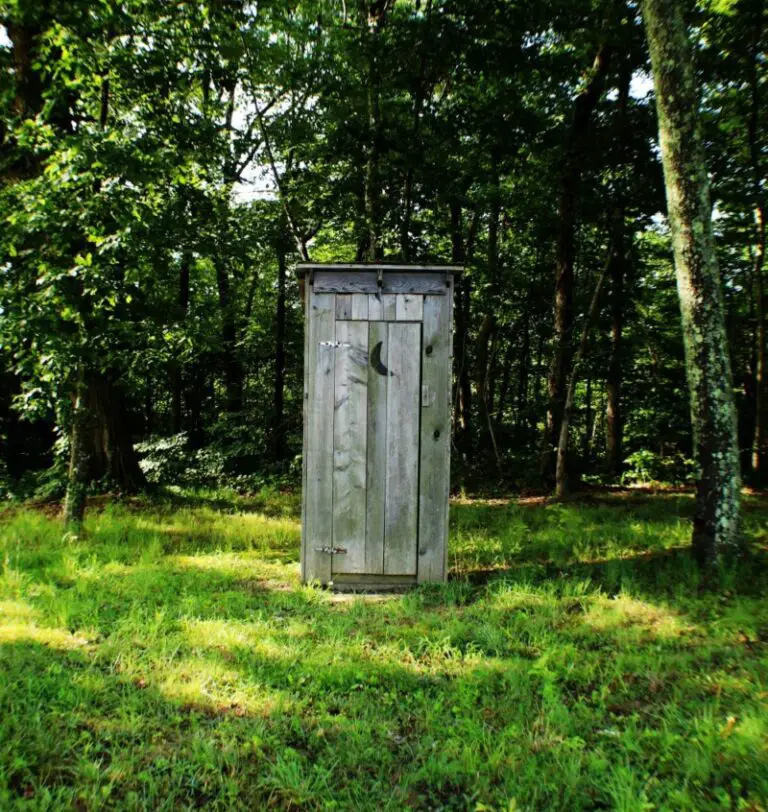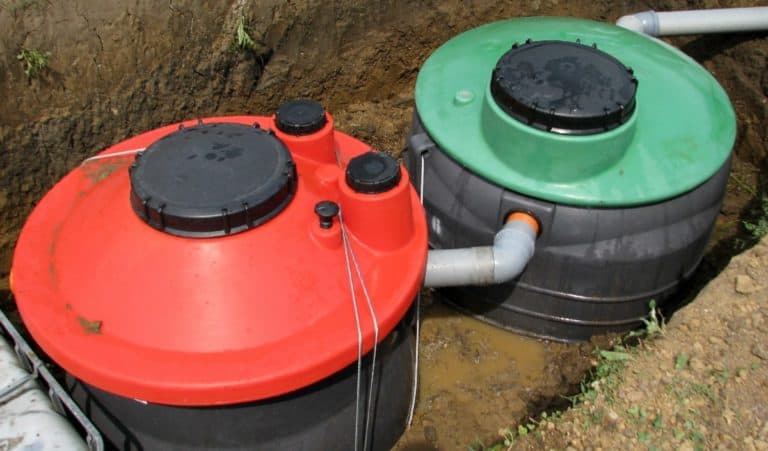Off-Grid Fridges: Everything You Need to Know
Refrigerators are an essential item for most homes. When you’re living off-grid, they can be one of your most significant power uses. But what options are there to ensure that your fridge is efficient enough for your off-grid lifestyle?
You can either make your off-grid power supply large enough to power your standard fridge or get a specially designed low-power fridge. Other options include getting a propane refrigerator or creating your own low power appliance to store your food.
Let’s take a detailed look at the options you have as an off-grid homeowner and what you can do if you don’t have enough refrigerator space.
Table of Contents
Things to consider when choosing an off-grid fridge
When choosing your refrigerator or setting up your off-grid home, these are some of the things you need to consider:
How much power is available to run a fridge?
When converting from the grid to an alternative power source, there are always factors limiting how much energy you can produce. These can include; the amount of space you have for solar panels, how much sunlight you get in your area, how much wind there is, or the size of your budget.
Once you know how much power you’re likely to have, you can calculate how much your appliances will use. To get a detailed analysis, you can use the calculator linked to in my article; How many solar panels do I need to run my home off-grid? This will allow you to work out how much power you can devote to keeping your food cold.
According to Wholesale Power, an average AC fridge with a capacity of 20 cubic feet uses about 1411-watt hours per day. This is a large amount of power and may take up most of your supply. As a result, you may need to consider a model designed to use less energy.
Related reading: Solar electric Vs. Propane freezer: Which is better?
How much space do you have?
You may have plenty of space to fit your refrigerator, but some people prefer to keep their off-grid homes as small as possible. The amount of space available will dictate the size of the appliance you can fit and what type is most suitable.
The most common options are tall upright refrigerators, upright under the counter refrigerators or chest fridges/cool boxes. Choose the design that makes the most of the space and allows you to store the most.
It’s also worth taking your time when choosing your refrigerator and finding one that has a larger capacity. Some manufacturers have managed to fit more compartments into a small area.
How much will you need to store in it?
If you’re growing a lot of your own food, you might have large amounts to store at one time. However, you may also be able to find other storage options and keep your fridge needs to a minimum.
When deciding how much fridge space you will need, it’s worth estimating your fridge usage across one full year. If your home is not yet off-grid, don’t base your estimate on your current use but on what you may use once you’re off-grid because the two may be vastly different.
How long will it last?
You must consider how long a new fridge will last and if it’s likely to need lots of maintenance and repair. If it only lasts a few years, you’ll have another large expenditure on the horizon in a short time. Many off-grid fridge options are built to last as long as possible. Propane fridges have long lives and are low maintenance.
How much can you afford?
The trade-off for buying a low power, long-lasting, high-capacity off-grid fridge is that it’s likely to be expensive. Before you start looking, work out exactly how much you can afford.
If you can’t afford the most efficient options, you’ll need to consider what factors you can compromise on. For example, you may need it to be low power, but you might be able to reduce the amount you need to store in it at one time. Consequently, you could choose a smaller fridge with excellent efficiency.
What are the main types of off-grid fridge?
The standard type of fridge found in most on-grid homes runs directly from the AC supply from by the local utility. They use lots of power and are usually unsuited to off-grid use. Most off-grid homes choose one of these alternative types:
DC/Solar fridge
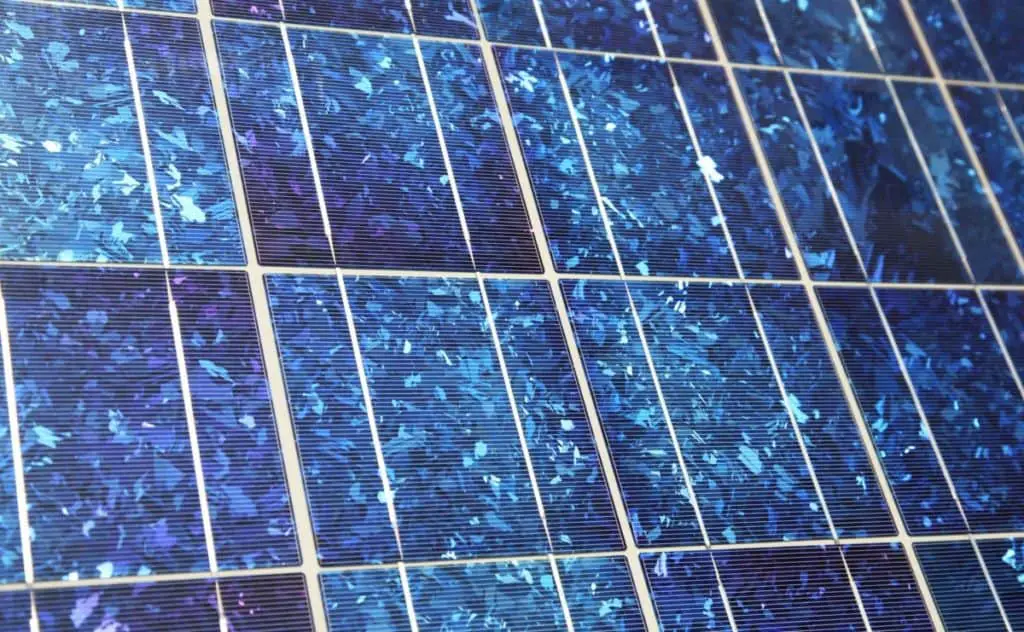
DC fridges run on the direct current that comes straight from a battery or solar panel. By running them directly from panels or batteries, the electricity doesn’t need to go through an inverter to be converted to AC. That means that the system is more efficient and saves more power.
Also, DC/solar fridges are explicitly designed for off-grid homes and smaller power supplies. So in most cases, they’re extra efficient and need a fraction of the power used by standard AC fridges. They use a combination of highly efficient, compact DC cooling systems and additional insulation to reduce their energy usage.
As a result, DC fridges and fridge/freezers usually have less capacity than standard freezers. Some also use thermostatic control systems that ensure that the cooling system only runs when it’s necessary to adjust the temperature, so energy is conserved when it’s not needed.
Pros
- Runs directly from a DC source
- Low energy consumption
- Efficient cooling system
- Extra insulation
Cons
- They’ll only work when you have enough solar power or stored electricity.
- They’re often smaller than AC models.
- They can be more expensive than AC refrigerators
- They contain lots of components so they can need regular maintenance
Related reading: Guide to off-grid solar inverters.
Propane refrigerator
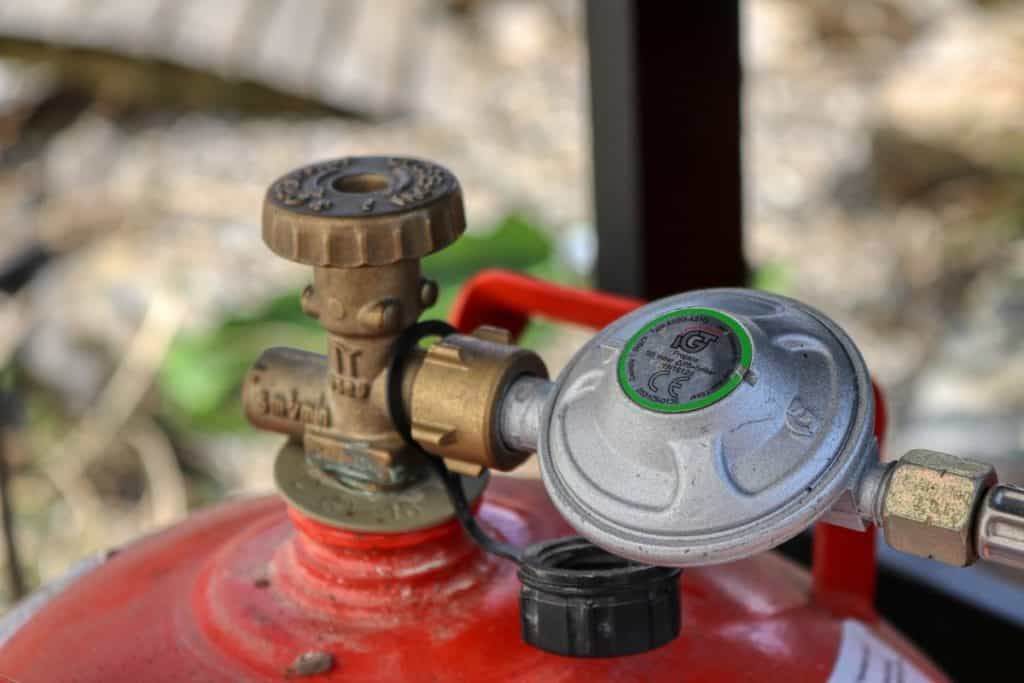
A propane fridge uses a propane burner to start a simple chemical reaction to send ice-cold gas flowing through the cooling system. It has no moving parts and relies on a network of tubes, so it’s likely to last for many years without needed repair or replacement.
While some people who live off-grid prefer to use solar, propane refrigerators offer a useful alternative if you’re concerned you won’t get enough sun or just want to take the pressure of your solar power system.
To create the cooling effect, the propane flame is used to heat a mixture of water, ammonia and hydrogen. The ammonia and hydrogen form a freezing gas which is pumped around the walls of the fridge.
As long as you have a supply of propane, you know that your fridge will run. Propane may be an additional expense, but it is a clean fuel that has an excellent safety record. These fridges can be expensive, but there are now enough options that there are some bargain brands available too.
If you have several propane appliances, you may want to install propane storage and supply system rather than having individual tanks for each system. This is handy, but it can give you an extra expenditure of about $4000.
Pros
- Propane is a clean fuel with a good safety record
- Uses no electricity
- Efficient cooling system
- No moving parts
- Unlikely to need maintenance
- Will likely last a long time
- You won’t be reliant on getting enough sun on your solar panels.
- There are numerous models to choose from.
Cons
- They’ll only work when you have a supply of propane
- They can be more expensive than DC and AC refrigerators
Related reading: Solar Vs. Propane: Which energy source is best for off-grid living?
Icebox
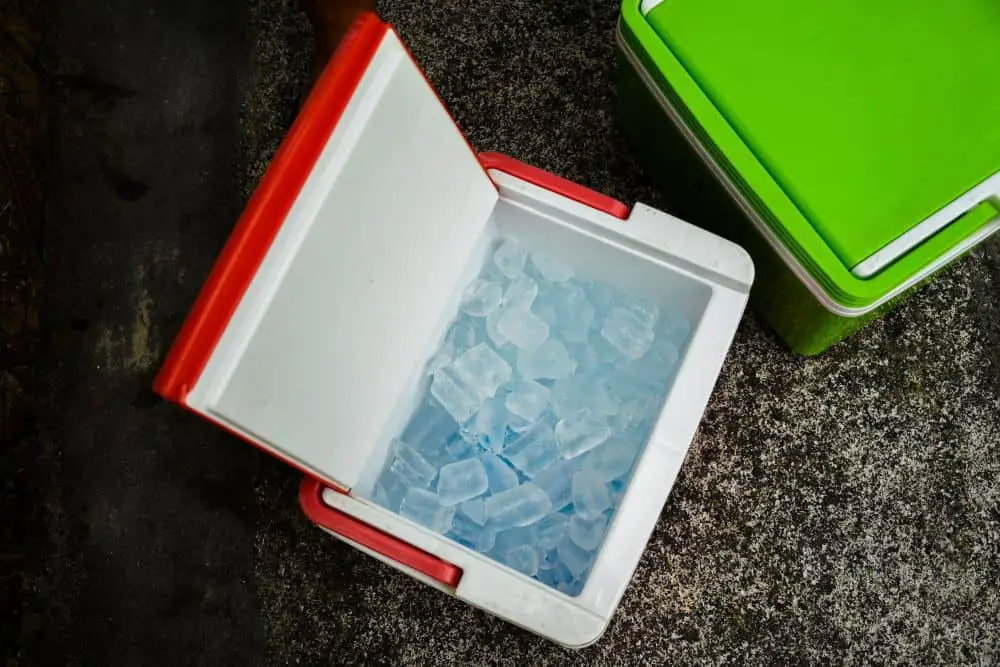
These are small fridges that are often portable and don’t usually contain any cooling system of their own. They rely on insulation and a regular supply of ice or freezer blocks. When you top up the icebox with ice or cool blocks, it traps the cold in and keeps the heat out.
Surprisingly they’re an efficient way to keep food cold. In an off-grid home, an icebox is ideal if you live in a cold climate, already have a fridge or freezer, and want some extra space. However, if you don’t top the ice up regularly, you do risk the food spoiling before you get to use it.
An icebox may not be reliable enough to be your main refrigerator at home, but if you’re camping or kitting out a cabin or tiny home, they’re ideal.
Pros
- No need for electricity or propane
- No parts for repair or maintenance
- Will last a long time
- They’re often portable
- They can fit into small spaces.
Cons
- They need regular topping up with ice, or they may rise above the necessary temperature.
- You may need to own another fridge or freezer as well.
Thermoelectric fridge
These are small fridges that run from an electric cooling system. The system runs on the principle of the Peltier effect. This is when current is run through different types of conductors. It results in heat being drawn from one side and being passed to the other.
Like propane fridges, those using thermoelectric have no moving parts, but they’re only efficient when small in size, so you won’t get a large fridge/freezer powered like this. They also struggle to bring the temperature down to a great degree, so if you have a warm climate, they’re likely not going to be able to keep your food at a safe temperature.
Because of their size and simplicity, thermoelectric fridges are a very affordable option, so they may be useful for extra storage or to get you by until you can afford something larger.
Pros
- They can run on small amounts of electricity
- No moving parts for repair or maintenance
- Will last a long time
- They’re often portable
- They can fit into small spaces.
Cons
- They only come in small sizes
- They can only lower the temperature by a certain amount, so they aren’t suited to warm climates.
Related reading; What are off-grid appliances?
The best off-grid fridges, in my opinion
There are several excellent choices for off-grid fridges, but if you can afford it, the best you can get are from the solar or propane ranges at Unique appliances. They offer a broad range of sizes and prices, as well as excellent customer service.
There are other brands out there that offer equally good products, but Unique appliances specialize in this sector, making them a great place to start looking for your first off-grid appliance.
The UGP-22 Unique 22 cubic feet propane refrigerator with top freezer
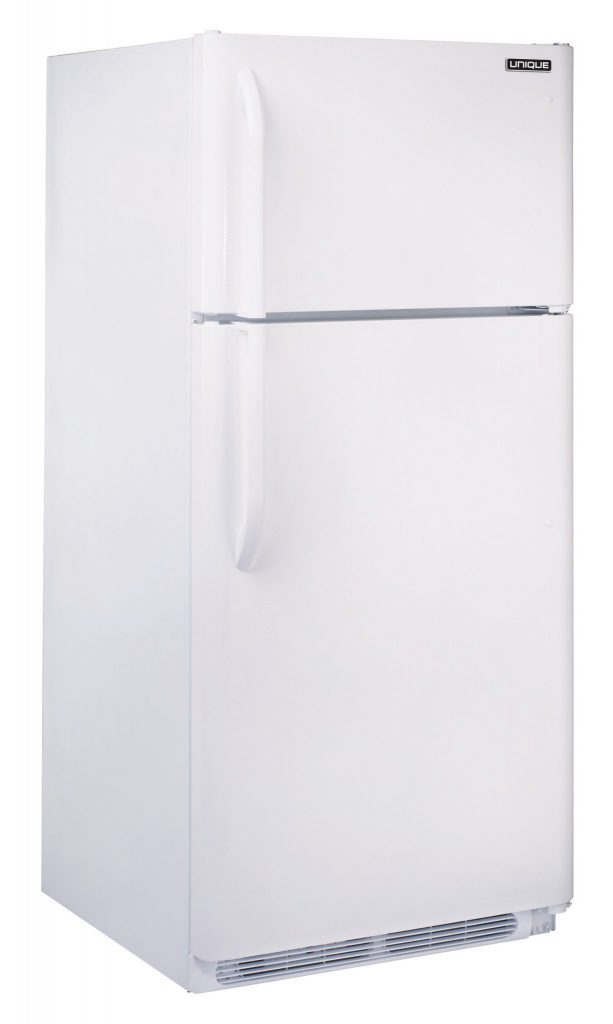
This super-sized fridge is what you go for if you’re going off-grid with a large family. It has 22 cubic feet (cu ft) of space, including nearly 6cu ft in the small top freezer compartment.
The UGP-22 uses about 2lbs of propane in 24hours and offers numerous sturdy shelf configurations to store everything you’ll need for even the largest family. It’s a huge, efficient appliance that will likely cater to all your freezing and refrigeration needs in one.
Unique appliances do several similar smaller models if you don’t have such a large family. One consideration with a propane fridge like this is that it should be professionally installed and vented correctly to ensure the highest standards of safety. If you thought that propane fridges were a poor second to electric models, this is the fridge that will prove you wrong.
Key features
- 16.2 cu ft fridge space
- 5.9 cu ft freezer space
- 2 lbs propane per 25 hours
- Sturdy, removable glass shelves
- Flame indicator and safety shutoff feature
- Battery-powered interior light
Get yours from Ben’s Discount Supply.
The UGP-470L1 Unique 16.6 cu ft solar-powered DC Fridge
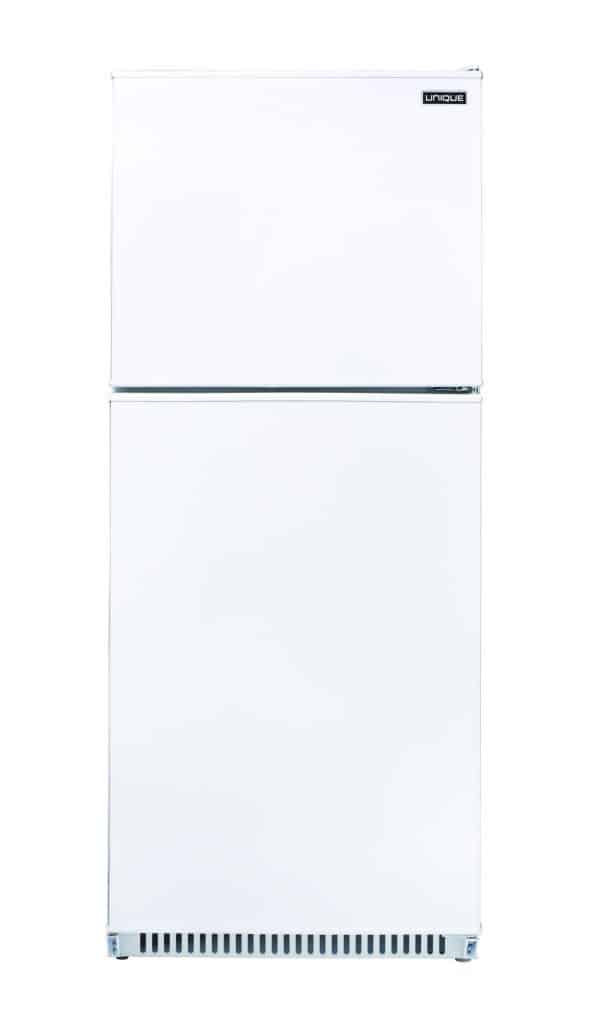
Also, from Unique Appliances, this is one of the biggest DC fridges you can get. It’s also exceptionally efficient and uses only 865 watt hours in 24 hours. It’s got super-thick insulation to maintain a constant temperature with very little need for adjustment from the cooling system. The fridge can provide temperatures from -2˚C to 20˚C, and the top freezer can reach -25˚C to 20˚C.
The difference between this model and a standard AC fridge is staggering. It can either be run on its own small solar panel system or it will leave you loads of energy for other appliances in a larger system. In case of bad weather or grey skies, you should likely be able to run it comfortably from your battery bank.
Key features
- 16.6 cu ft fridge/freezer total space
- 865 watt hours in 24 hours
- Adjustable, heavy-duty wire shelves
- Fridge temperature range -2˚C to 20˚C
- Freezer temperature range -25˚C to 20˚C
- Interior LED light
Visit Ben’s Discount Supply to check the latest price.
Can I adapt an old AC refrigerator to make my own off-grid fridge?
If you don’t have the budget to buy an entirely new off-grid refrigerator, there are several ways that you can adapt existing systems to save power and money. I was particularly impressed by the ingenuity of the solution created by the Living a Sustainable Dream Youtube channel.
They adapted a freezer and swapped out the temperature control module to run it at fridge temperatures. Because of the thick freezer insulation and other features, it runs significantly more efficiently than a standard fridge. This is a great idea if you’re about to go off-grid and don’t want to blow all your budget on a brand new DC fridge.
The KudaliniKid suggests another way of adapting an existing appliance. He took a standard fridge freezer and replaced the old AC compressor with an efficient Danfoss compressor that he could run from his solar or batteries. Although you won’t match the efficiency of a ready-built solar refrigerator, this is an excellent way of cutting down on some of your power usage.
If you’re feeling more adventurous, Mr. Teslonian found a way to create his own refrigerator using water-cooled condenser coils and a solar-powered pump. Incredibly it runs on only 8 watts an hour.
What can you do if you don’t have enough fridge space?
Food storage is vital for those of us living off-grid, particularly if you’ve chosen to aim for self-sufficiency and produce a lot of your own food. Often this means that you will have a large harvest of a few crops all at once, and you must work hard to prepare them for storage.
Having lots of fridge and freezer space would make this process much easier and would allow you to keep things in a fresh state for longer. However, this is likely not possible because of restricted fridge space and the cost of installing enough refrigerators.
If you have the budget, you may be able to have numerous low power refrigeration systems, but more likely, you will need to look for other options to store your harvest to use later in the year.
Another reason you may have more food than you can fit in your off-grid refrigerator is that buying in bulk is an excellent way to save money. When you’re off-grid, every penny saved likely makes a massive difference to your lifestyle, so if you can be prepared to store food long term, then you can save money and have food stored for several years into the future.
Pickling
Pickling allows you to preserve foods by fermenting them in salt water or vinegar. It adds a distinctive flavor to food and also breaks down many of the substances they contain to broaden the nutrients available and grow good bacteria.
Most vegetables can be preserved in this way, and as you get adventurous, you can combine them with each other or with herbs and spices to create an incredibly broad range of flavors.
A quick way to pickle any vegetable is to wash and dry them, then cut them into small lengths or slices. Next, thoroughly clean and sterilize a large Kilner jar.
Add herbs and spices of your choice to the jar. Pack in the vegetables but leave about a half-inch gap at the top.
Bring to the boil a blend of 1 cup of water, 1 cup of apple cider vinegar, and 1 tablespoon of kosher salt. When the salt is completely dissolved, pour it into the jar over the vegetables. Tightly secure the lid.
Canning
Canning is a quick and relatively simple way to store all kinds of food, including fruit, vegetables, meat and even premade dishes. It must be done correctly to prevent the food from spoiling or for dangerous bacteria to grow, but with some simple pieces of equipment, you can create a stock of food that could last for several years.
To can food, it is heated to a high temperature and then sealed into an airtight jar. The heat pushes out any air and kills any microorganisms.
Check out this excellent canning 101 guide from Guildbrook Farm for a complete introduction to the basics:
Root cellars
Root cellars are simple underground storage areas that allow you to keep root vegetables throughout the year. They utilize the constant temperature underground to preserve them in a state very close to fresh. The cool, humid environment in a root cellar prevents decay and stops the vegetables from losing water and becoming inedible.
They’ve been used for thousands of years but became less necessary when refrigeration was developed. However, now as more people return to alternative techniques, they’ve become popular again. While you can make extensive, complicated root cellars, you can also just bury a container such as a bin or an old freezer in the ground.
Freezers
Although freezers run into the same problems as refrigerators, with some careful planning, you can use your freezer to minimize your need for fridge space. Freezers can be packed tightly, making it easier to use every bit of space.
As a result, you can get almost double the amount you’re likely to hold in your fridge. If you freeze items, then only defrost essential items to be moved to the fridge when necessary, you can choose a much smaller fridge or even opt for a cool box or thermoelectric refrigerator.
Also, freezers have a useful feature that can help you if your solar panel system is prone to malfunction or running out of sunshine. When you pack frozen food tightly into a freezer, with more temperature-sensitive items in the middle, if the power goes off, the densely packed items are much more likely to remain frozen than if they were loosely packed.
Storing things outside
Depending on your local climate, the time of year and your local wildlife, you may be able to keep some items cool by storing them outside. If you live in an area where it snows throughout the winter, this is an excellent way to save some power. Turn off the fridge and let the snow or cold air keep your food cool. If you do choose to do this, it’s worth using a thermometer to keep a record of the temperature to ensure that your food remains safe to eat.
Conclusion
There are many ways to make your fridge fit your off-grid lifestyle. You could buy a purpose-built solar/DC fridge, a propane fridge, a cool box or a thermoelectric fridge.
However, you don’t need to spend thousands; you could install a solar panels system large enough to run your existing AC fridge or get creative and adapt your own solar fridge. If you find yourself still short of fridge space, you could try canning, pickling or stash your veg in a root cellar.
Whatever you choose, aim for the option that works best for you. There is no one size fits all option, and it may require several tries until you get it right.
Check out my recommendations for equipment that will help you take your home off-grid.
My Off-Grid Product Recommendations
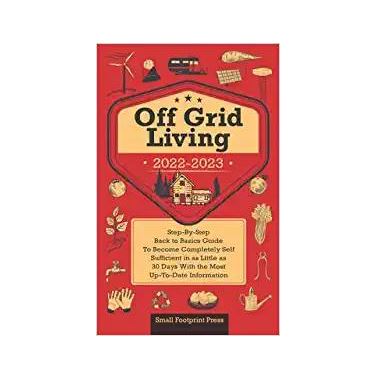
Useful Book: Off Grid Living 2022-2021 – This incredible step by step guide is a great read and gives you useful information about reaching self-sufficiency in just 30 days. Get the paperback on Amazon or read it free with a Kindle Unlimited subscription or listen to the audio version with Audible Plus membership.
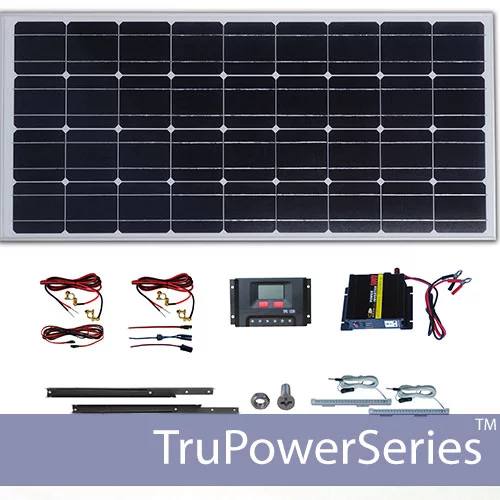
Small Solar Panel Systems: Silicon Solar – This is an excellent company that offers lots of products to get you started on your solar journey. Visit Silicon Solar.
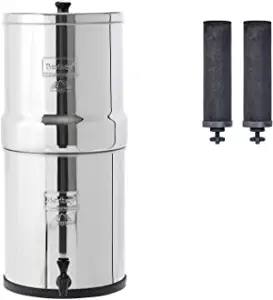
Family Water Filter: Big Berkey – For a fast, affordable water filter with no plumbing required, you can’t beat a Big Berkey gravity-fed filter like this one from Amazon.
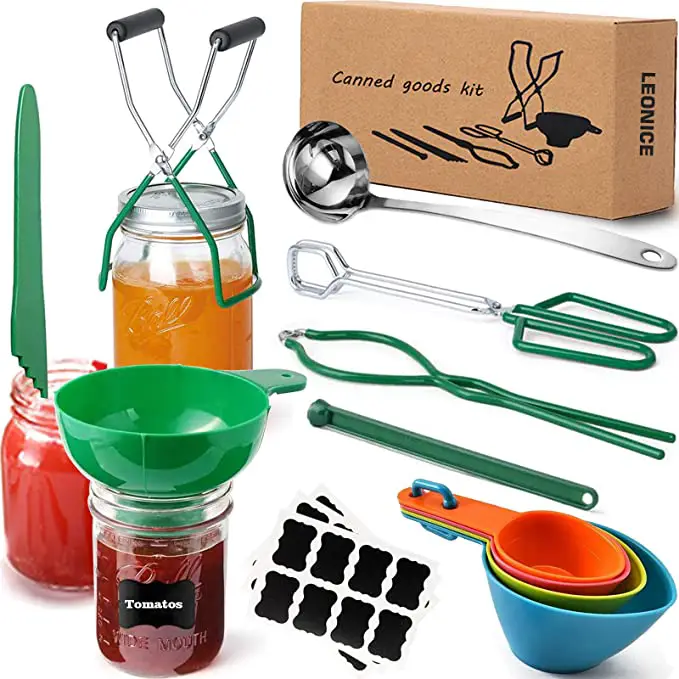
Canning Equipment – This canning starter kit, 22-quart Barton pressure canner and twelve-pack of Ball 16oz mason jars will help you preserve food as you work towards self-sufficiency.
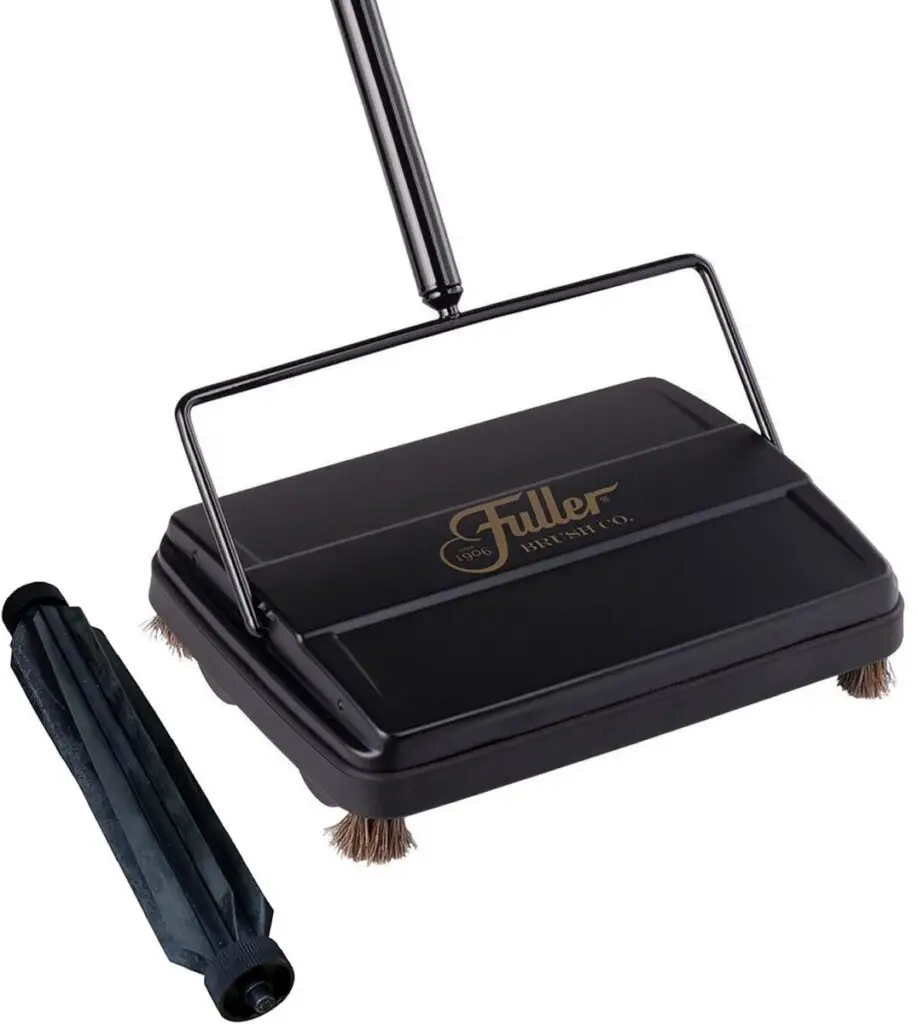
Cleaning: Fuller Carpet Sweeper –. This carpet sweeper is an ideal way to keep your home clean without using up your energy stores on vacuuming.

Handy Knife: Gerber Serrated Paraframe – This handy all-purpose knife is lightweight and ideal for all those little jobs around your home and garden.
